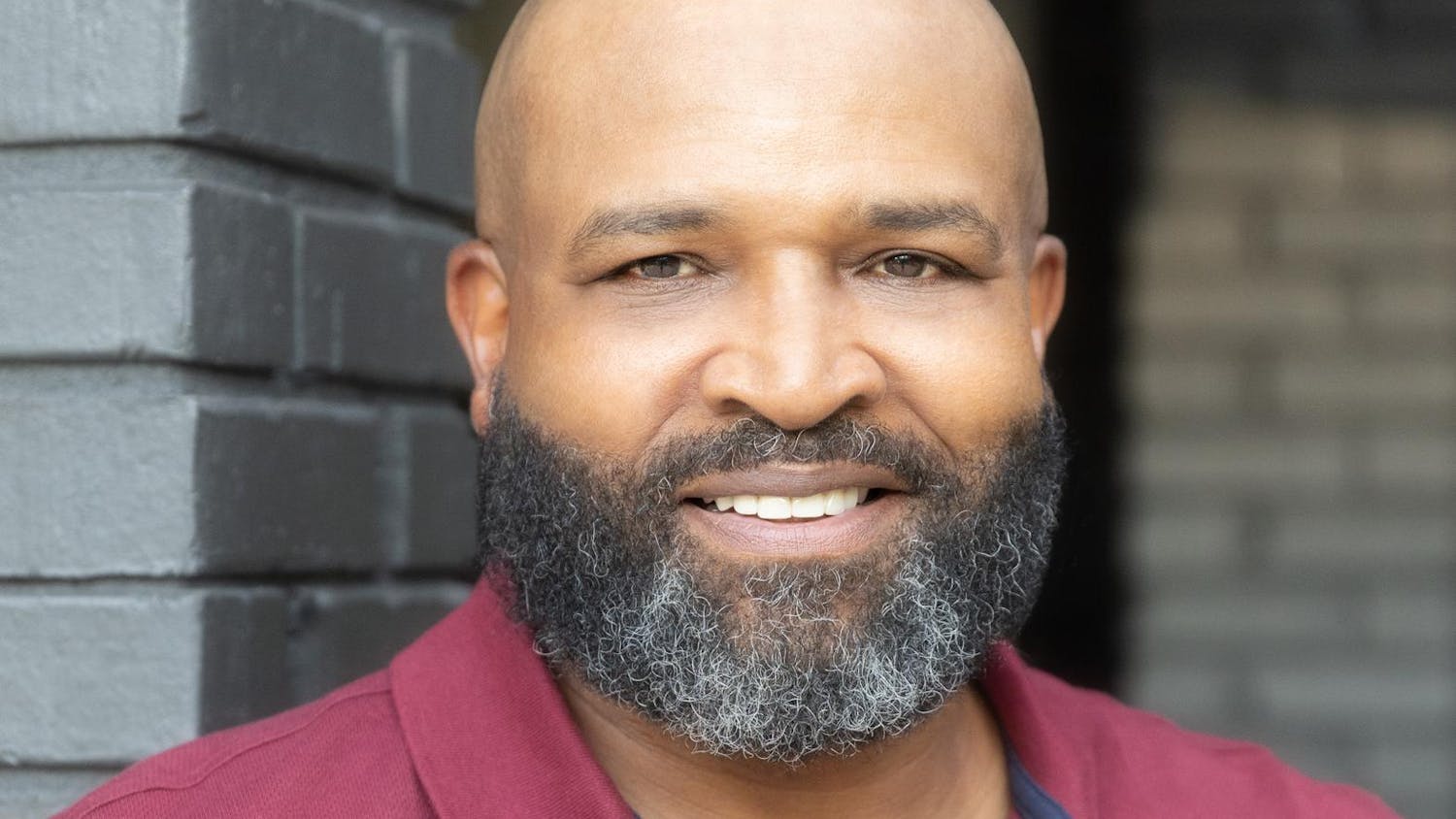During the first week of March, STDcheck.com released a satirical blog stating Auburn University and the University of Alabama are among the top five colleges with the highest sexually transmitted disease rates.
The blog was satire and did not provide statistics specific to Auburn University or the University of Alabama or attribute from what source the rates originated.
Sterling Wimbish, STD program manager for public health areas eight and 10, said the Alabama Department of Public Health releases STD information every quarter.
“Everybody who tests positive for an STD, be it a public venues, such as the health department, or a private, like a physician’s office or hospital, it’s reported by that provider to the state health department,” Wimbish said. “That information is collected in a database and compiled for study purposes so we know what kind of funding we need to request from CDC.”
If universities use a laboratory to test individuals, the information should be reported to the state health department, according to Wimbish.
“High (STD rates) is a relative,” Wimbish said.
The first quarterly report for Alabama’s STD rates can be found at adph.ord/std.
According to the first quarterly report for Alabama’s STD rates, from January to December 2014, Lee County had 711 cases of chlamydia, 159 cases of gonorrhea and 218 cases of trichomoniasis.
Tuscaloosa County had 1468 cases of chlamydia, 292 cases of gonorrhea and 541 cases of trichomoniasis. There were 28,351 cases of chlamydia, 7,501 cases of gonorrhea and 12,323 cases of trichomoniasis throughout the state.
John Adams, practice manager at the Auburn University Medical Clinic, said there are several variables to consider in collecting data for STD rates.
“It’s tough to gauge what is intermittent STI checks and what would constitute ‘a lot,’” Adams said. “As far as rates of STIs, it would be too hard because of the sampling we have. The problem is, not everyone who is concerned about getting tested comes in and gets tested nor do we always get positives when they do come in to get tested.”
Adams said the stigma attached to STI’s could play a role in the accuracy of the data.
“It’s not like the flu, where you come in and get tested for it, there’s no stigma with it and there’s treatment right there,” Adams said. “It’s just a little harder to nail down with STDs.”
Adams said he was unsure whether the clinic sends data to the state health department and referred The Plainsman to Dr. Fred Kam for medical information.
Kam was not available to comment before publication deadline.
Eric Smith, director of the Health Promotion and Wellness Services, said the office’s sexual health resources are limited because it has not been that big of a need.
Smith said most students come to the office to grab the free condoms available, yet the office can refer students to a professional in student counseling services or the medical clinic upon request.
“We currently do not offer from our office any counseling specific to sexuality,” Smith said. “Maybe it’s down the road we could think about if the students really wanted it and had a big desire for it.”
Do you like this story? The Plainsman doesn't accept money from tuition or student fees, and we don't charge a subscription fee. But you can donate to support The Plainsman.




